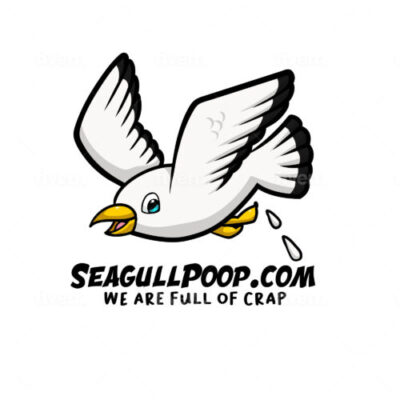Seagull poop, also known as bird droppings or guano, is the feces of seagulls. Like the droppings of many other birds, seagull poop is a combination of waste products from the bird’s digestive system, including undigested food, uric acid, and other compounds.
Seagull droppings can vary in color and consistency, depending on the bird’s diet. The color may range from white to greenish or brownish, and the consistency can be liquid or more solid. One notable characteristic of bird droppings, including seagull poop, is that the white part is actually uric acid. Birds excrete uric acid instead of urea, which is the main nitrogenous waste product in the urine of mammals. Uric acid is less toxic and helps birds conserve water.
While seagull poop itself is a natural part of the ecosystem, it can be a nuisance in urban areas or near water bodies where large populations of seagulls gather. The acidity of bird droppings can damage structures and vehicles over time, and they may also pose a health risk if they come into contact with humans. As a result, efforts are sometimes made to control seagull populations or mitigate the impact of their droppings in certain areas.
